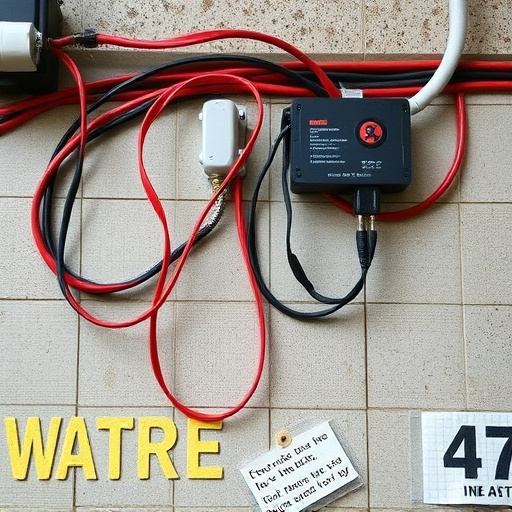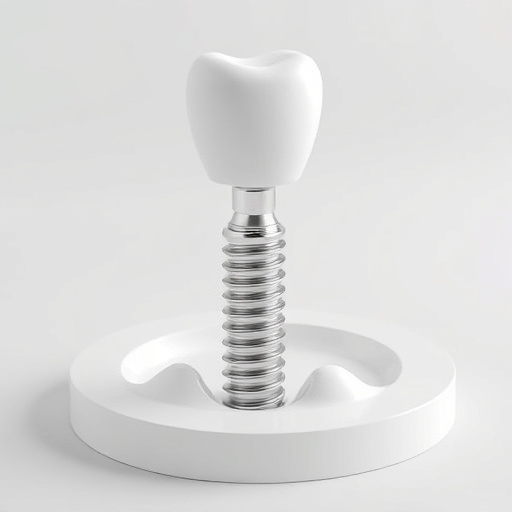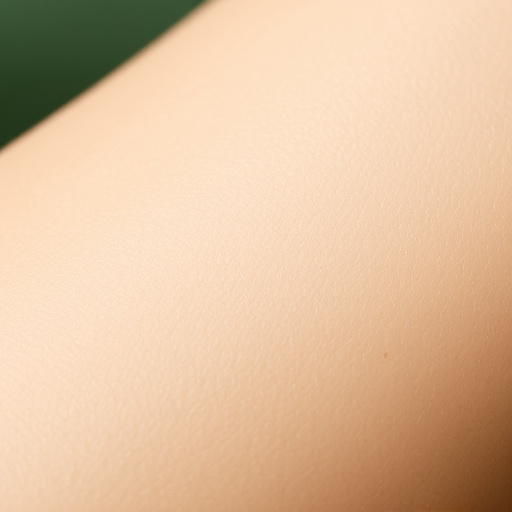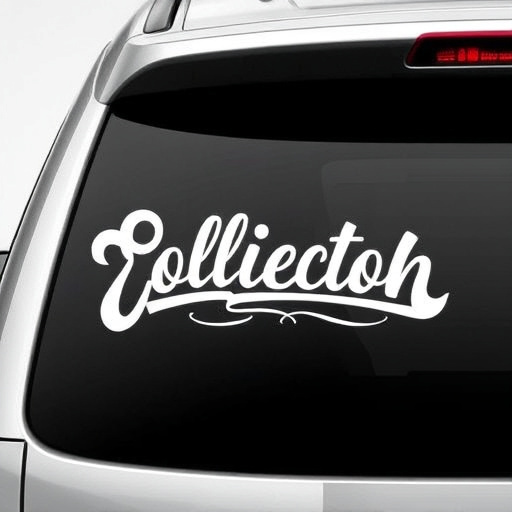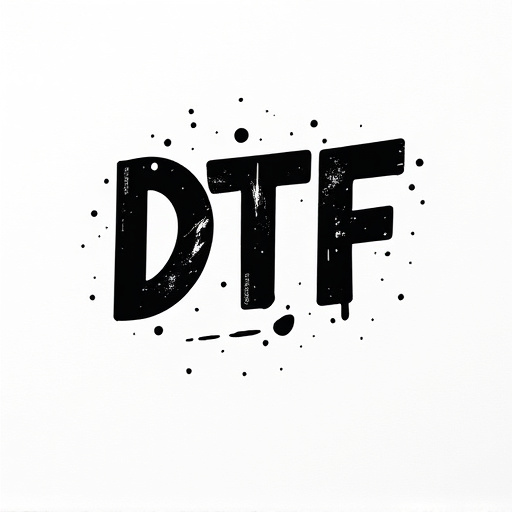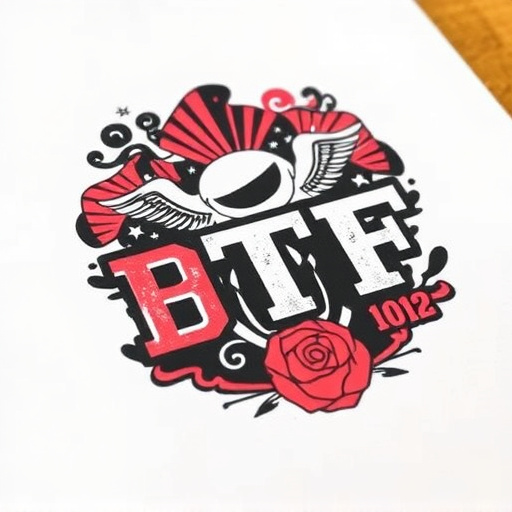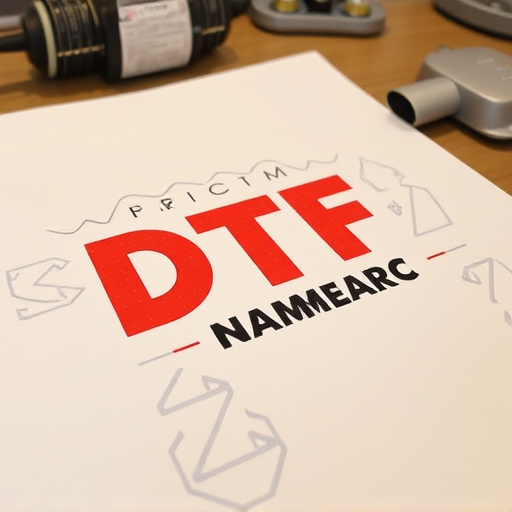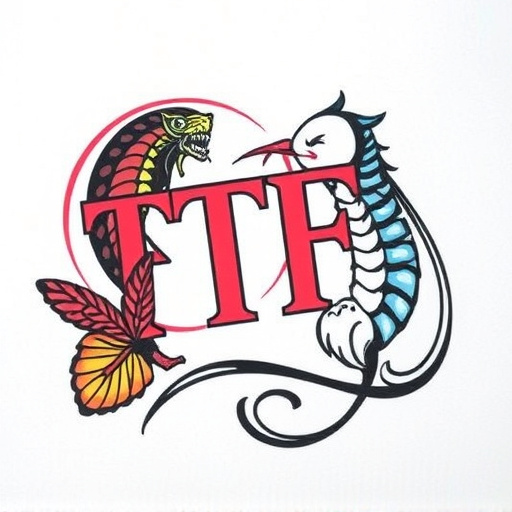DTF (Direct-to-Fabric) Transfers Printer technology has transformed small print shops by enabling high-quality printing on fabrics, offering personalized design customization for t-shirts and hoodies. Key factors to consider when choosing a printer include versatility, high resolution, ease of use, fast print times, low costs, and reliability. Best practices for implementation involve strategic planning, setting up dedicated workstations, regular calibration, efficient inventory management, and staff training to ensure top-quality custom product production.
“Revolutionize your small print shop with the power of Direct-to-Fabric (DTF) transfers using dedicated printers. This cutting-edge technology offers unparalleled versatility and quality for custom clothing and textile printing. In this guide, we explore the benefits of DTF transfers, highlighting key features to look for in a printer. From setup to best practices, learn how to implement seamless DTF printing operations, ensuring precision, efficiency, and expanded creative possibilities.”
- Understanding DTF Transfers and Their Benefits for Print Shops
- Key Features to Consider When Choosing a DTF Transfers Printer
- Implementation and Best Practices for Seamless DTF Printing Operations
Understanding DTF Transfers and Their Benefits for Print Shops

DTF (Direct-to-Fabric) Transfers have emerged as a game-changer in the print industry, especially for small print shops looking to expand their capabilities and offer unique customization options. This technology allows for high-quality printing directly onto various fabrics, making it an ideal solution for creating custom dtf transfers for a range of products, including t-shirts, hoodies, and more. With DTF Transfers Printer, print shops can achieve vibrant colors, crisp details, and precise designs, all while maintaining the soft feel of the fabric.
One of the key benefits is its versatility; it enables small businesses to cater to personalized requests efficiently. Whether it’s creating custom designs for customers or adding unique logos to merchandise, DTF printing for hoodies and other garments offers limitless possibilities. The process is efficient, allowing shops to produce transfers promptly, ensuring satisfied clients who value quick turnaround times. Additionally, the use of dtf heat transfer paper ensures long-lasting results, making it a reliable choice for print shops aiming to deliver high-quality products.
Key Features to Consider When Choosing a DTF Transfers Printer

When selecting a DTF Transfers Printer for your small print shop, several key features should guide your decision. Firstly, consider the printer’s capability to handle a variety of DTG (Direct-To-Garment) printing applications, from personalizing t-shirts and apparel to creating custom designs on accessories like mugs or phone cases. Ensure it supports high-resolution printing for crisp, detailed images. The ease of use is another critical aspect; look for printers with intuitive controls, user-friendly software, and quick setup processes.
Moreover, think about the printer’s speed and efficiency, especially if you aim to meet high production demands. Consider models that offer fast print times and continuous ink feeding systems to minimize downtime. Additionally, check the cost of operation, including ink expenses, maintenance, and long-term reliability. Opting for a DTF printing solution suitable for both dark and light fabrics is essential, as it expands your design possibilities and caters to a broader range of client needs.
Implementation and Best Practices for Seamless DTF Printing Operations

Implementing a DTF Transfers Printer for your small print shop involves careful planning and best practices to ensure seamless operations. Firstly, choose a reliable direct-to-film (DTF) printer that aligns with your production needs and budget. Ensure it’s compatible with your desired materials, from blank t-shirts to hats and mugs, allowing for versatile custom product creation.
Best practices include setting up dedicated workstations for prep, printing, and post-processing to maintain a fluid workflow. Regularly calibrate your DTF printer for optimal color accuracy and consistency. Implement efficient inventory management practices, keeping track of consumables like film, ink, and cleaning supplies. Additionally, train staff on the latest printing techniques, safety protocols, and quality control measures to guarantee high-standard custom t-shirt and product production.
For small print shops looking to streamline their operations and enhance productivity, investing in a DTF Transfers Printer is an excellent decision. By understanding the benefits of DTF transfers and choosing the right printer with key features, shops can achieve seamless printing processes, deliver high-quality results, and stay competitive in the market. This technology offers a game-changer for small businesses, enabling them to efficiently manage diverse print jobs and cater to customers’ needs.
